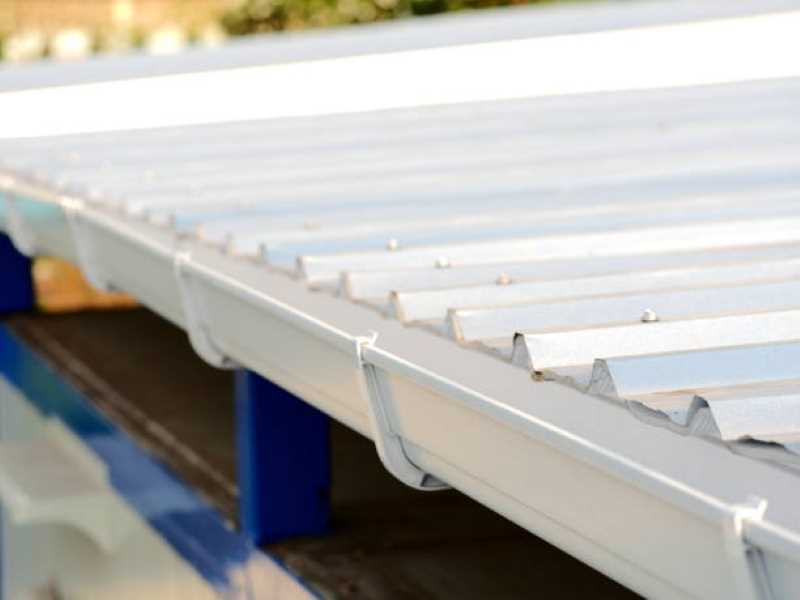
Introduction
Flat roofing is a popular roofing option for commercial and residential buildings. While it offers a number of advantages over traditional sloped roofing, it also comes with its own set of disadvantages and requires proper maintenance to ensure its longevity. In this article, we’ll take a closer look at the advantages and disadvantages of flat roofing, as well as the key maintenance practices that can help keep it in top shape.
Advantages of Flat Roofing
Flat roofing has several advantages, including:
Cost-effectiveness
Flat roofing is often less expensive to install than sloped roofing, as it requires fewer materials and is easier to install.
Energy Efficiency
Flat roofs can be designed with insulation and reflective materials to help reduce energy costs by keeping buildings cooler in the summer and warmer in the winter.
Versatility
Flat roofs can be used for a variety of purposes, including rooftop gardens, solar panel installations, and outdoor living spaces.
Accessibility
Flat roofs are easily accessible, making it easier for maintenance and repairs to be carried out.
Disadvantages of Flat Roofing
Despite its advantages, flat roofing also has several disadvantages, including:
Poor Drainage
Flat roofs can be prone to poor drainage, which can lead to leaks and water damage if not properly addressed.
Limited Lifespan
Flat roofs tend to have a shorter lifespan than sloped roofs, requiring more frequent maintenance and eventual replacement.
Susceptibility to Damage
Flat roofs are more susceptible to damage from heavy rainfall, snow, and hail than sloped roofs.
Limited Aesthetic Appeal
Flat roofs may not be as visually appealing as sloped roofs, which can impact the curb appeal of a building.
Maintenance of Flat Roofing
Proper maintenance is key to ensuring the longevity and effectiveness of flat roofing. Here are some key maintenance practices to keep in mind:
Regular Inspections
Regular inspections can help identify potential issues early on, allowing for prompt repairs and maintenance.
Clearing Debris
Clearing debris from flat roofs can help prevent clogging of drainage systems and reduce the risk of water damage.
Sealant Application
Applying sealant to flat roofs can help prevent leaks and extend the lifespan of the roof.
Professional Repairs
When repairs are needed, it’s important to hire a professional roofing contractor with experience in flat roofing.
Conclusion
Flat roofing can be a cost-effective and versatile option for both commercial and residential buildings. However, it’s important to be aware of its disadvantages, including poor drainage and limited lifespan, and to properly maintain it to ensure its longevity. By following key maintenance practices such as regular inspections and sealant application, you can help keep your flat roof in top shape for years to come.
FAQs
Q1. How long does a flat roof typically last?
A: The lifespan of a flat roof can vary depending on factors such as the quality of materials used and the level of maintenance it receives, but it typically ranges from 10 to 25 years.
Q2. Can a flat roof be used for outdoor living space?
A: Yes, flat roofs can be used for a variety of purposes, including outdoor living spaces such as rooftop decks.
Q3. Is it necessary to apply sealant to a flat roof?
A: Yes, applying sealant to a flat roof can help prevent leaks and extend its lifespan.
Q4. How often should a flat roof be inspected?
A: Flat roofs should be inspected at least twice a year, and after any severe weather events.
Q5. Can I repair a flat roof myself?
A: It’s generally recommended to hire a professional roofing contractor with experience in flat roofing for repairs, as they have the knowledge and xpertise to properly diagnose and repair any issues that may arise with flat roofing. Attempting to repair a flat roof yourself can lead to further damage and may even void any warranty or insurance coverage you have on the roof.